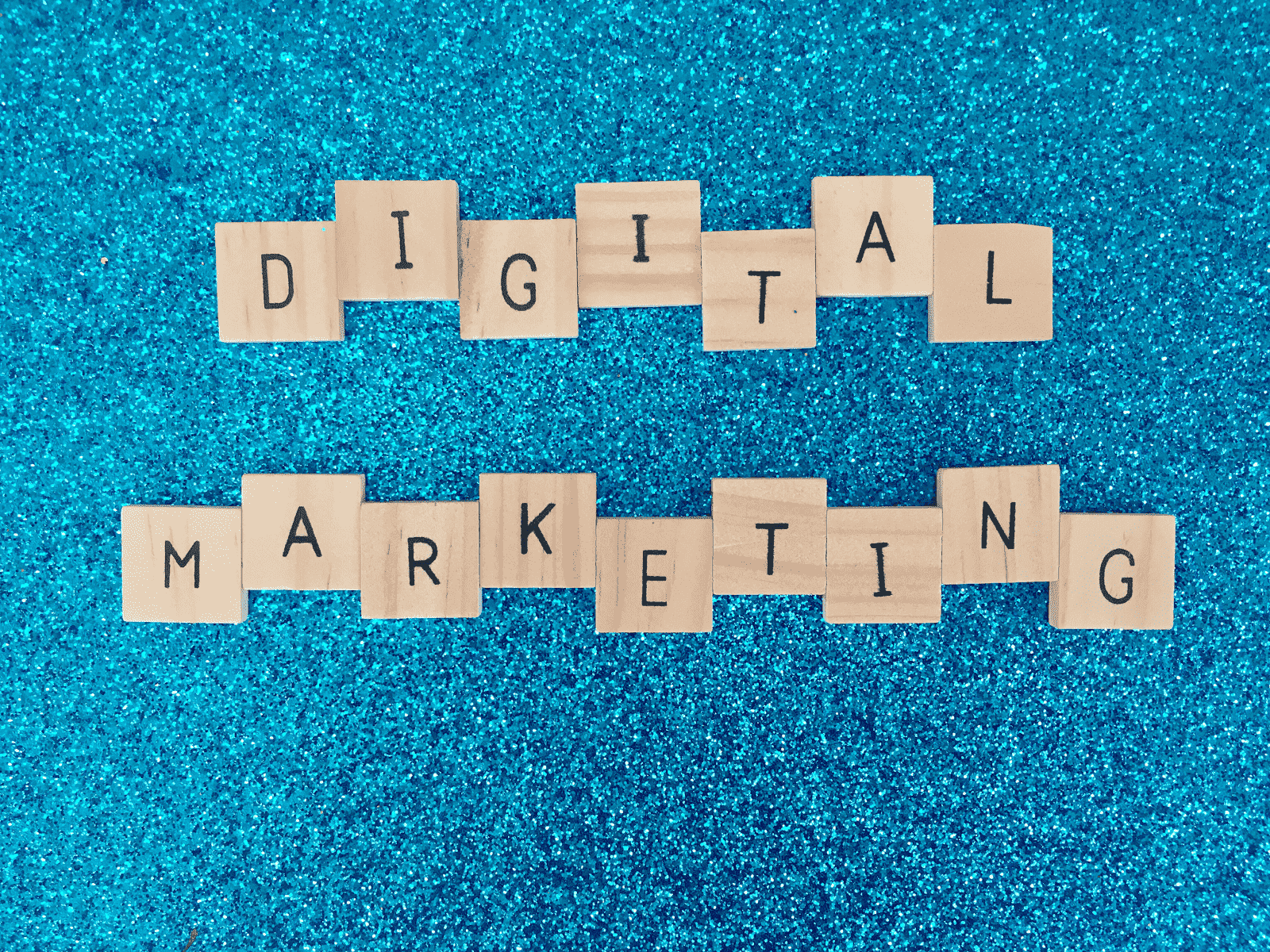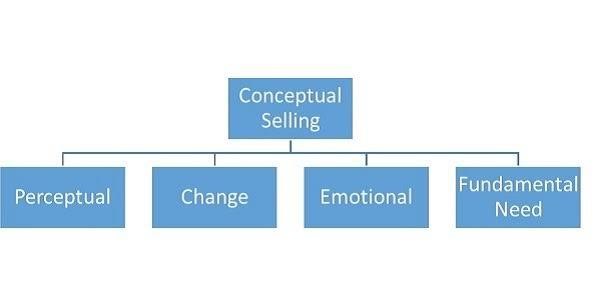Marketing has proven a powerful tool for the growth of any enterprise, whether a startup or an established business. Yet, this can only suffice if you choose an excellent growth marketing model or framework to deliver marketing content to your target audience more effortlessly.
A comprehensive growth marketing model ensures that advertisers and businesses understand their campaigns’ vitality and earning potential. The chosen marketing model has to be dynamic, effectively communicating the organization’s selling strategies and predicting its success.
Keep reading to learn more about 7 proven growth marketing models to grow your business and definitions of each one. Hopefully, this will help you decide which one is best for your business.
7 Proven Growth Marketing Models to Grow Your Business
Various marketing models are up for grabs. Yet, you must choose the most impactful to get the best ROI in the long run. In this case, you’ll narrow down to the most effective and easy-to-implement strategies. Here are 7 proven growth marketing models to grow your business.
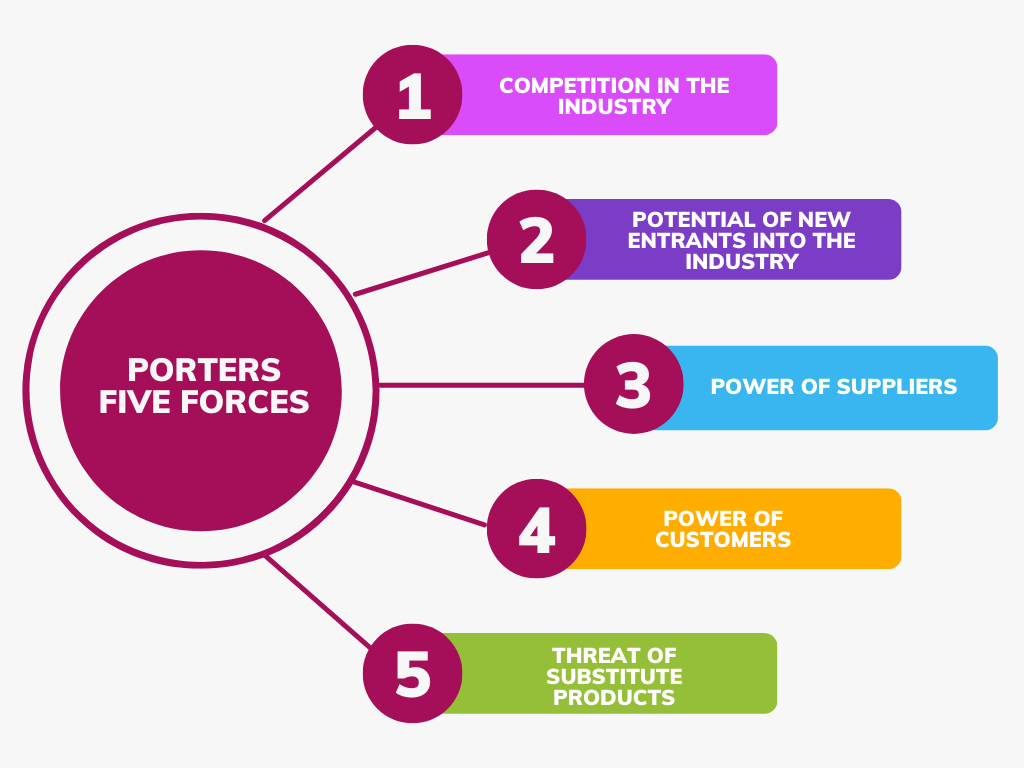
Porter’s Five Forces
Porter’s Five Forces marketing model is a framework that assesses and evaluates a business’s competitive edge and strength. It centers on five forces: buyer power, supplier power, competitive rivalry, the threat to new entries, and the threat of substitution.
This marketing model can be applied to any part of the economy to understand the competition level in the industry. Each of the five forces has its impact or meaning. Here are a few insights into each of them.
- Power of the supplier: Suppliers can easily drive the prices of commodities in the market. This power gives them negotiating leverage in the market.
- The threat of new entrants: An industry with relatively more robust barriers to one entry has the power to charge a somewhat higher amount. The best way to realize more power would be through patents, economies of scale, and government policies.
- Substitution threat: Customers will likely switch between alternatives if there are close alternatives in the market. This element reduces the attractiveness of the industry and supplier power.
- Buyer power: This element assesses how influential buyers can be in lowering prices. Buyers can influence market purchasing power in three ways: their number in the market, switching to alternative suppliers, and their importance to an organization.
- Competitive rivalry: The number and potential of competitors drive multiple changes in the market. If the market is full of undifferentiated products, it loses its attractiveness.
Porter’s Five Forces is an incredible marketing model used in a market with three or more competitors. It considers the dynamic characteristics of an industry, making it ideal for confirming each lifecycle stage of the business.
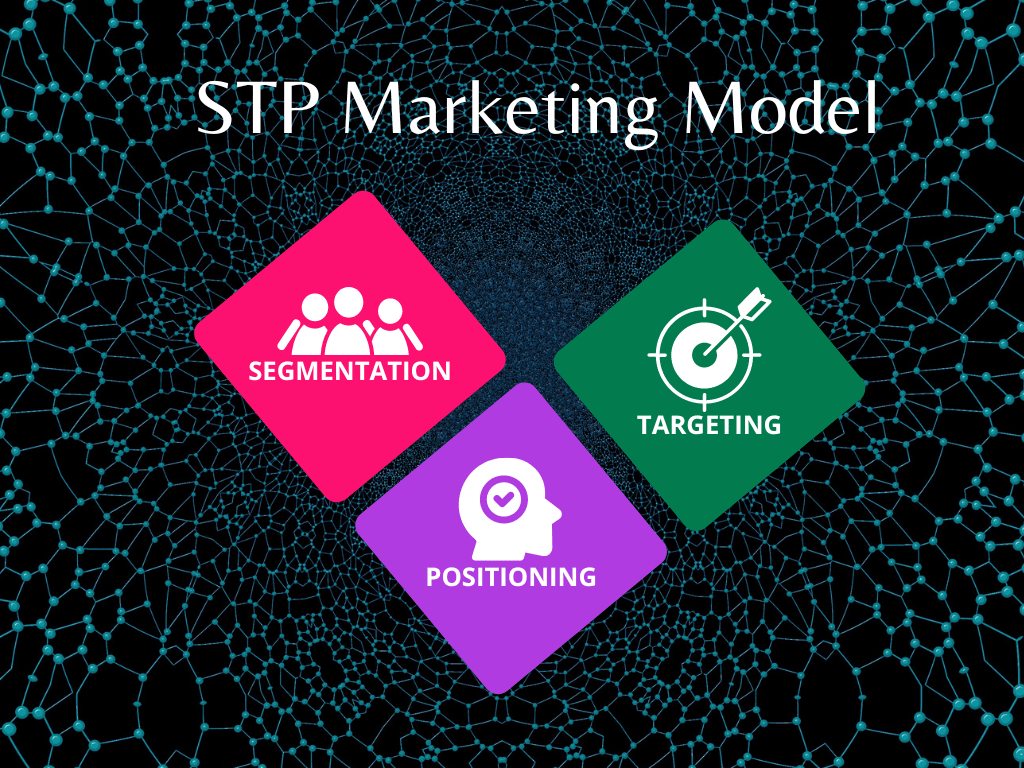
STP Marketing Model
STP is an acronym that stands for segmentation, targeting, and positioning. This marketing approach redefines your target market, including whom to market your products to and how. Its objective is to make market communication straightforward, relevant, personalized, and focused, guaranteeing an immersive customer experience in the long run.
Here is a formula you need to keep in mind: Segmentation+Targeting=Positioning. It shows that STP is a three-step formula.
Segmentation requires you to classify customers into different categories, often based on particular traits. Popular merits of categorization include geographical, demographic, behavioral, and psychological characteristics. Each of these traits informs a specific segment.
The targeting element in STP focuses on determining which customer segment to focus on during a marketing campaign. A suitable segment to focus on should be actively growing, profitable, and with a low acquisition cost.
The final step of STP is positioning, which enables you to set your products apart from the competition. Ideally, it requires you to establish and stick to it, making it easier to stand out from the crowd. You’ll consider three positioning factors: symbolic, functional, and experiential. Combining these three factors assures you of a more successful positioning and campaign.
The STP marketing model is an exceptional choice when looking forward to enhanced brand messaging, product innovation, market research, and a crystallized market mix.
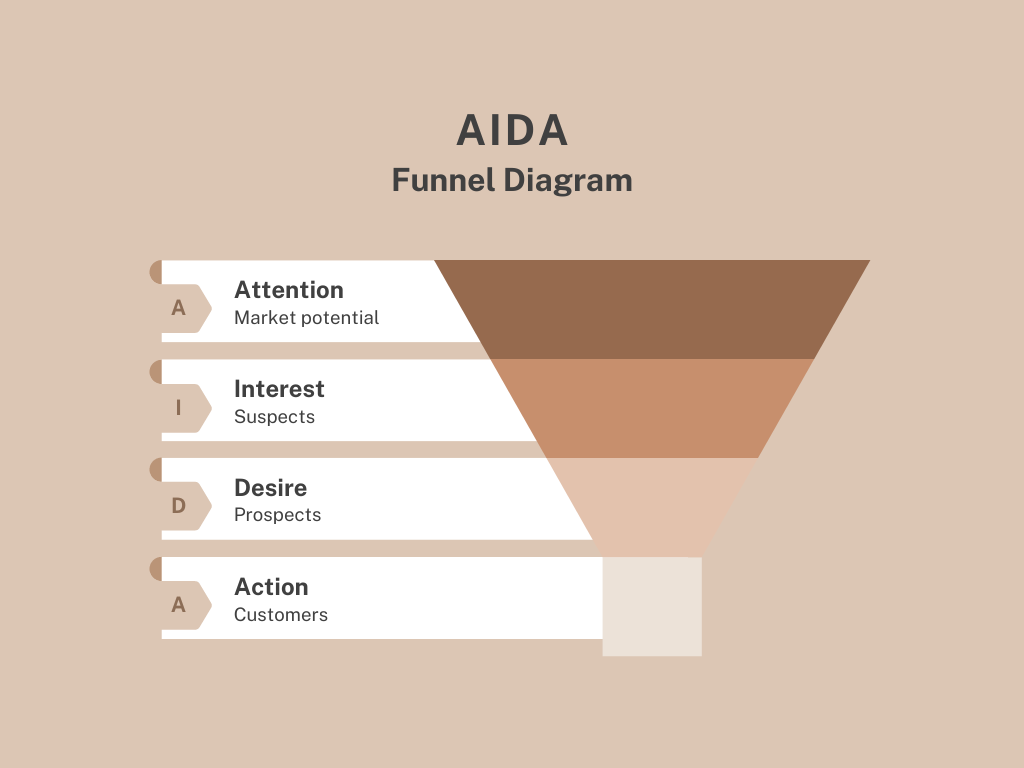
AIDA Marketing Model
AIDA marketing model is one of the most brilliant and impactful marketing models. It is fronted by various experienced experts in Growth Marketing Agency.
AIDA stands for attention, interest, desire, and action. This marketing framework helps identify the different stages an individual goes through when buying a product or service. Its ability to focus on these stages makes it ideal for digital marketing, public relations, and sales strategy campaigns. AIDA illustrates a hierarchy to embrace during the marketing process.
The first element is attraction, which focuses on attracting the attention of particular customers. The next step is interest, which you must raise in the chosen target group.
The third factor in AIDA is desire, which suffices after raising the customer’s interest.
Its goal is to arouse the customer’s desire for the product. It changes their mindset from liking the item to wanting it.
Lastly, there is the action element, which drives the customer to purchase the product or service. At this stage, you can say awareness triggers interest, desire, then action.
The AIDA marketing model is an excellent choice for digital marketing campaigns. Its effectiveness depends on how you package your campaign material.
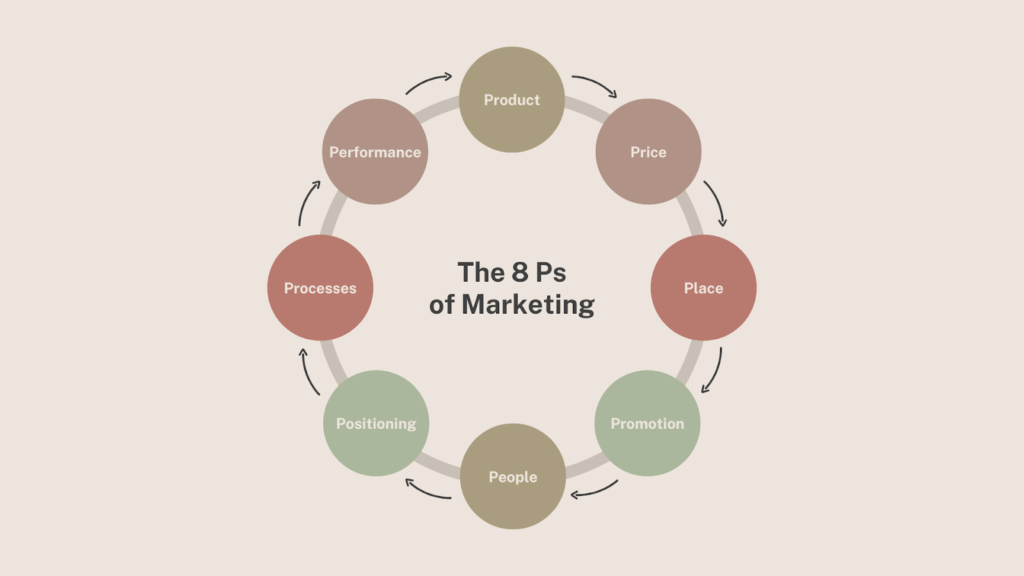
8 P’s of the Marketing Mix
There are several interconnected decisions in marketing, including those related to product, price, place, and promotion. These decisions are collectively known as the Marketing Mix. In order to define the Marketing Mix, we need to consider eight variables.
Product
The first P represents the product. You provide products or services as a product. Both tangible and non-tangible assets fall under this category. In addition, your products can serve as marketing equipment by converting your potential customers into brand ambassadors. Identifying the problem the product attempts to solve is essential for the firm. It is essential to understand how a product/service will function throughout its life cycle.
Price
Choosing the right price is crucial to a business’s success. Users will be responsible for paying for the product. The price of the product will determine how it is sold. Once the product is on the market, predictions are made about the price the customer will pay.
When the fixed price of the product is higher or lower than the expected/perceived value, fewer people will buy it. Consequently, pricing becomes critical to the success of a product.
A product’s price is affected by many factors, such as its distribution plans, price changes, and markups by competitors. USPs are highly influenced by price. The price is determined by a number of strategies and corporate factors, but it also takes into account:
- Cost (both variable and fixed)
- Competition
- Product Objective
- Company Aim
- Target Audience
Placement
Places are positioned as indirect and direct marketing channels. Distribution areas, outlets, marketplace location, exhibition catalogs, logistics and transportation, inventory of the company, and fulfillment of orders.
This refers to a company’s outlet stores for market distribution or a physical location where the business is located.
In addition to displaying and distributing the product, this fundamental marketing element involves the choice of where the product is displayed. The location of the stores (wholesale, retail) also plays an important part in placement.
An organization’s greatest accomplishment is bringing its product to consumers’ attention. To gain the best traction, the product needs to be displayed in multiple outlets and channels online, and then tracked in order to adjust strategy accordingly.
Promotion
Promotion is the eighth P of the marketing mix. Specifically, it is designed to increase consumer awareness and convince them to purchase the product. Promotion aims to inform and influence consumers, requiring decisions about advertisement, personal selling, and sales promotion. Each of these techniques assists in promotion and survival through competition in the market.
Increasing competition and expanding markets have made concurrent use of more than one promotion method necessary. Whenever two or more promotional campaigns are combined, marketing inputs must be mixed efficiently to maximize the cost of each campaign. In composing a promotional mix, consumers, promotion budgets, stage of demand, etc., must be considered.
Moreover, it is related to the other three Ps of marketing since it enables customers to understand why the product is appropriate for their needs. To reach their target audiences, marketers generally combine promotion and placement strategies.
People
From the sales staff to the Managing Director, every company is built on the people who run it. It is just as important to have an excellent marketing team as it is to have a great staff. A person who values the same product or service as the company is essential in the right position.
As a result of staff, marketers should view their customers more specifically and address their needs to create products and services that are more relevant to them.
Processes
It is impossible to manage marketing creatively and structurally without a perfect process. In order to achieve long-term success, marketers must follow the marketing management process as this is the only approach that provides the right guide.
It is important to have a process in place to bring discipline and perseverance. The process of delivering surfaces, referred to as “the process,” should be considered before any management.
Programs
Customer-centric activities are included in the program. Furthermore, it encompasses the previous four Ps and other marketing techniques that may not align as clearly with the old marketing view.
It is always important to combine various creations, regardless of whether they are virtual, non-virtual, traditional or non-traditional, to achieve more than one objective by combining them.
Packaging is also included in this list, along with the other 7. In order to create a positive first impression with the customer, the product’s presentation is crucial. In spite of this, some disagree with this view and consider packaging to be a subfield of marketing.
Performance
Achieving performance includes completing tasks that contribute to the financial stability, ethical practices, social responsibility, and reputation of the company. The company can push itself beyond its potential by achieving a variety of measures. Instead of focusing on the entire business, performance refers to how the company performs on its own.
In addition, please consider the financial goals of the company and whether they are feasible. Performance is determined by productivity and quality. An organization’s performance is determined by its productivity and the quality of its products.
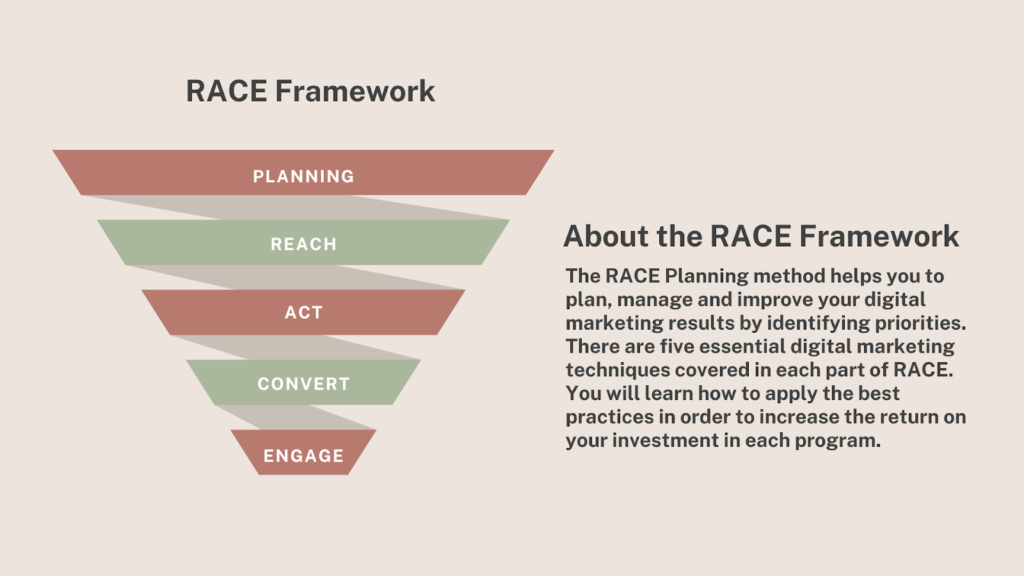
RACE Framework
You’ll readily fall in love with the RACE marketing framework if you are in digital marketing. Thanks to its diverse and comprehensive approach to handling issues, you’ll rely on it to manage and improve results.
This framework entails four stages: reach, act, convert, and engage. Yet, most experts suggest you build a comprehensive plan before starting these four stages. Like any goal-setting course, your strategy must be specific, measurable, actionable, relevant, and time-bound.
The first stage, Reach, aims at promoting your brand or product. It focuses on external environments, particularly those you do not have absolute control over. During this stage, you can measure your progress by tracking the traffic generated by the campaign.
The next step is acting. Its goal is to boost the interaction between you and your target audience. Usually, it allows you to generate leads via multiple media. You must employ unrivaled persuasion, communication, and negotiation skills at this stage.
Next, convert. This stage requires you to turn your leads into clients or customers. You can change your strategy at this point. It will depend on the kind of clients you have brought on board. At the same time, extra care must be embraced during this phase.
The last stage requires you to engage your new clients or customers. At this stage, you start developing long-term relationships with whoever you bring on board. You can use different approaches, including email marketing, to build this relationship.
The RACE framework is a perfect choice for bite-sized tasks. It can help streamline your marketing campaign, minimizing costs and improving the ROI.
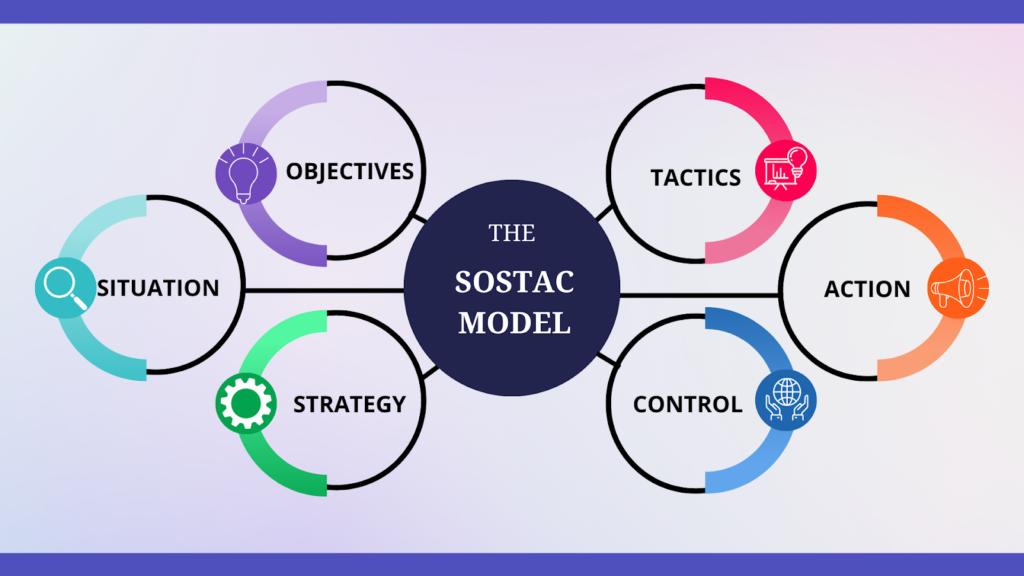
SOSTAC Model
You can never go wrong with the SOSTAC model. It is a top-ranked marketing system whose acronym stands for situation, objective, strategy, tactics, actions, and control. Here is a breakdown of what each element implies.
- Situation: This element answers the question, where are we now? It entails planning activities, including performing a digital-specific SWOT analysis.
- Objectives: Here, you get to define where you want to be in the future. You’ll enlist your vision and the projections of your sales.
- Strategy: At this point, you must indicate the approaches you’ll use to attain your objectives. You might need to segment your target audience at this stage.
- Tactics: This element is about your methods to facilitate the digital marketing campaign. These methods vary with personal preferences, from digital media to traditional approaches.
- Actions: They refer to the modifications you will consider during the campaign. These changes will often affect the organizational roles and structures.
- Control: It is the last step in the SOSTAC model. It focuses on how you’ll use management information to accentuate specific actions. It also studies the need for improvement on particular elements of the digital marketing campaign.
The SOSTAC method is worth considering when looking for a straightforward and affordable solution. Integrating it into your everyday campaign is also pretty effortless.
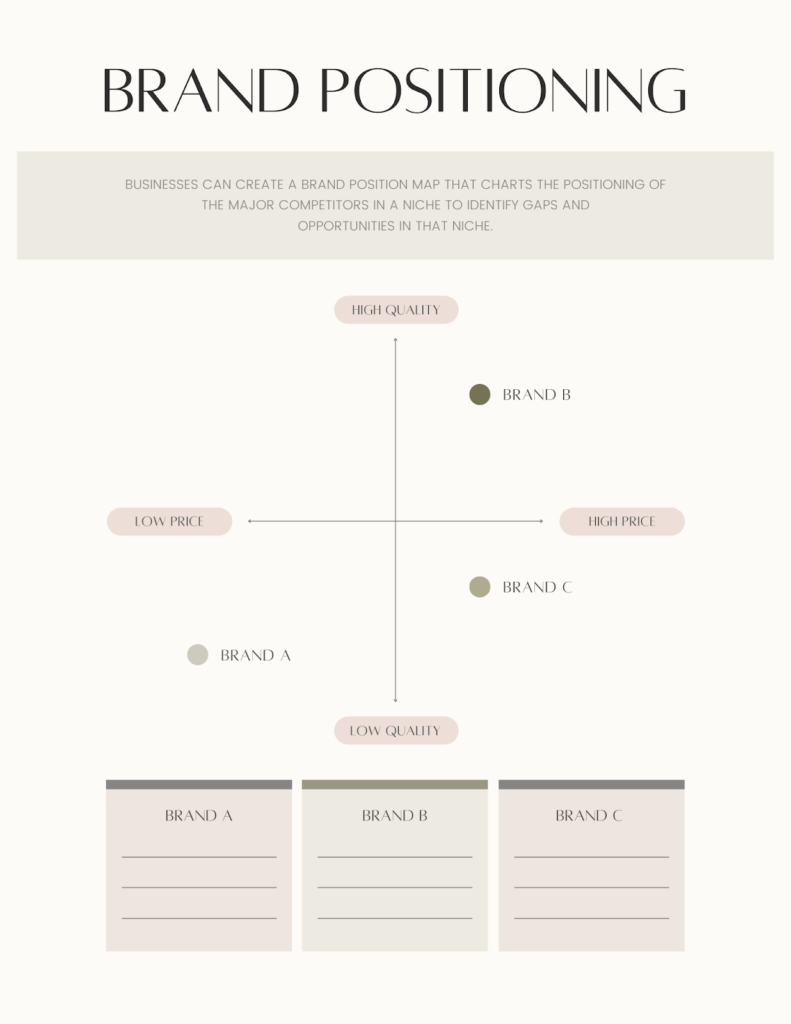
Brand Positioning Map
The brand position map will be a perfect choice if you are looking for an excellent brand positioning marketing model. This strategy aims at making your products more appealing or marketable to your preferred clientele. This way, it becomes easy to create a unique market niche.
This approach makes it easy to visualize your brand’s appearance to potential customers. Packaging it properly will guarantee exceptional results, including ensuring it edges out competing products.
Usually, this model requires you to focus on four quadrants: attributes, price, personality, and positioning. Each quadrant aims at addressing specific questions.
For instance, the attributes quadrant discusses your product’s specific features and benefits. On the other hand, positioning is about how you place your products against competitors. While price focuses on value, personality is about the emotional connection you create with consumers.
The brand positioning map follows the journey of your products, from manufacture to distribution. It ensures your brand is differentiated, boosting your ultimate position in the industry in the long run.
Case Study
Lean Summits using a Marketing Framework offered marketing automation solutions that changed the DNA of the organization, allowing it to be better placed in the competitive landscape.
How to Define Which Growth Marketing Model Is Best For Your Business
Your campaign will hardly be fruitful unless you understand which marketing model to embrace. Various elements go into picking a reliable option, and you must be careful during the selection process.
Since marketing is a sensitive project, you must pay attention to what directly affects the performance of your business. It would be best to focus on your target audience, products, services, and goals.
For instance, suppose you want to position your brand in the market. In that case, the best choice would be the brand positioning map. On the other hand, the RACE framework comes in handy when tackling digital marketing campaigns. Yet, relying on a professional could help you get the results you envision. Lean Summits is the best partner in this case! We boast of adequately experienced, skilled, and knowledgeable experts that will help define a suitable strategy to boost your marketing campaign. At the same time, we can help evaluate the performance of your business and marketing performance. Reach out to us today for a comprehensive quote!

